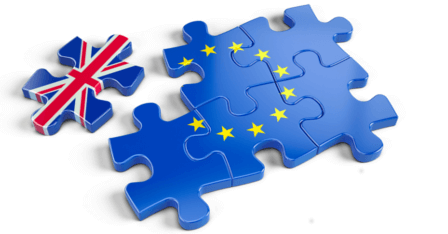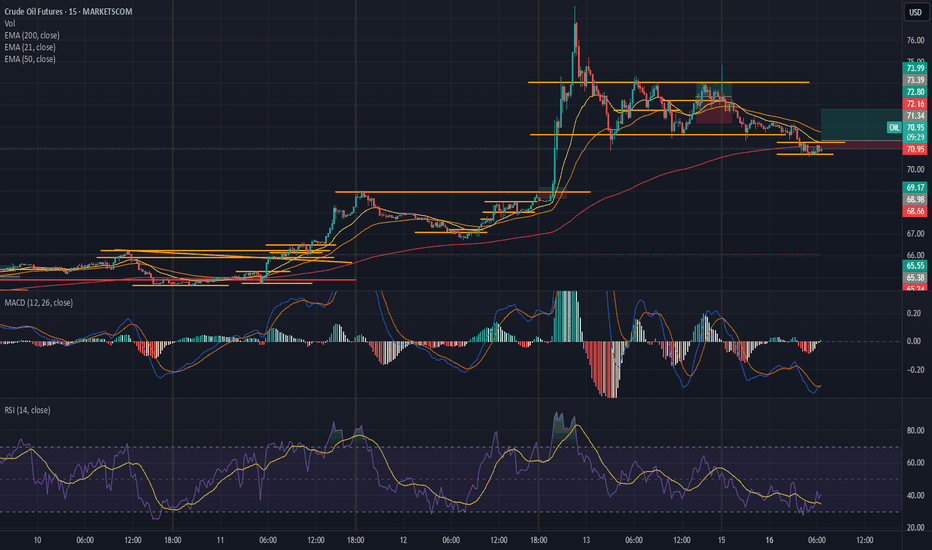If you own, manage or work on an eCommerce site, there’s a high chance you’re already aware of Google’s impending removal of third-party cookies in its Chrome browser, the clear market leader. The search engine giant had initially planned to cut third-party cookies in 2021, before delaying the move to 2023 to allow for further consideration with regulators and digital advertisers.
These pieces of code planted in user browsers have allowed advertisers to track website visits and target personalised ads for a long time now. The decision to remove them was taken to improve user privacy, with many people feeling that too much tracking was taking place for too little benefit. However, some analysts have claimed the move to be part of Google’s plan to strengthen their advantage over competitors such as Apple’s Safari and Mozilla’s Firefox by creating a new ecosystem for digital advertisers.
Regardless of which camp you’re in, the implications for eCommerce stores can’t be ignored. You’ll need to rethink how you drive customer engagement and acquisition, while adapting to changing expectations around data privacy. Starting early, however, could give you a competitive advantage, especially while others lack clarity on what a cookie-less world looks like.
Below, we look at the different ways eCommerce websites can get ahead of the game and prepare for success once this new era dawns.
How to get your eCommerce store ready for the cookie cull
Grow your first-party database
With less third-party data to rely on, it’s time to start building out your first-party database so you still have strong customer insights to work with.
You’ll need to offer compelling rewards that give users a reason to part with their personal information. Potential data generation tactics include competitions, newsletters and members-only benefits.
On a related note, you’ll need to get your first-party data in shape to use it efficiently and effectively. If your data is a little all over the place, now’s the time to make sure it’s clean, accessible and up to date.
Enhance relationships with existing customers
With customer acquisition getting harder, retention should be at the forefront of your mind. Delivering a better user experience is a key driver in securing returning customers. With the help of a specialist agency, developing your eCommerce strategy to bring customer experience to the forefront will help you see your customer base grow.
Speaking directly to them via email or even text is one way to bring everyone closer together. Making existing customers feel valued can directly boost your acquisition through reviews and referrals too.
Create engaging loyalty programmes
We touched on members-only benefits above, and creating engaging reasons for customers to give up their data is a smart way to boost loyalty.
A good online loyalty programme should be multi-faceted, and potential perks to consider range from exclusive discounts to early product access, referral benefits and members-only events.
Don’t neglect the offline world
There’s little doubting that the world has gone digital, but your customers are still living in the offline world too. If they’re appropriate to your products or values, in-person events and experiences are a great way to connect with your audience in 3D.
Event ideas should suit your business and could range from product showcases to workshops and partnerships with other like-minded businesses.
Eliminating third-party cookies poses challenges, no doubt. But building better experiences like those discussed above, now, can give you even smarter insights once the world of cookies crumbles.



























